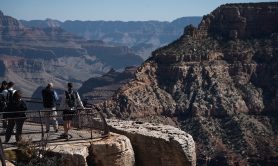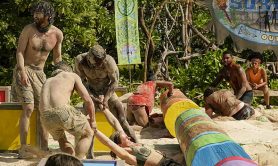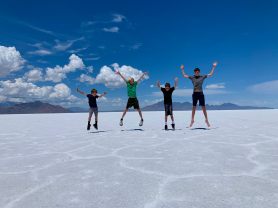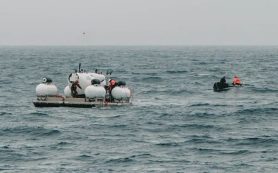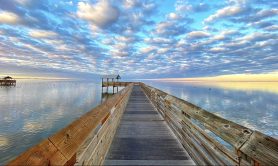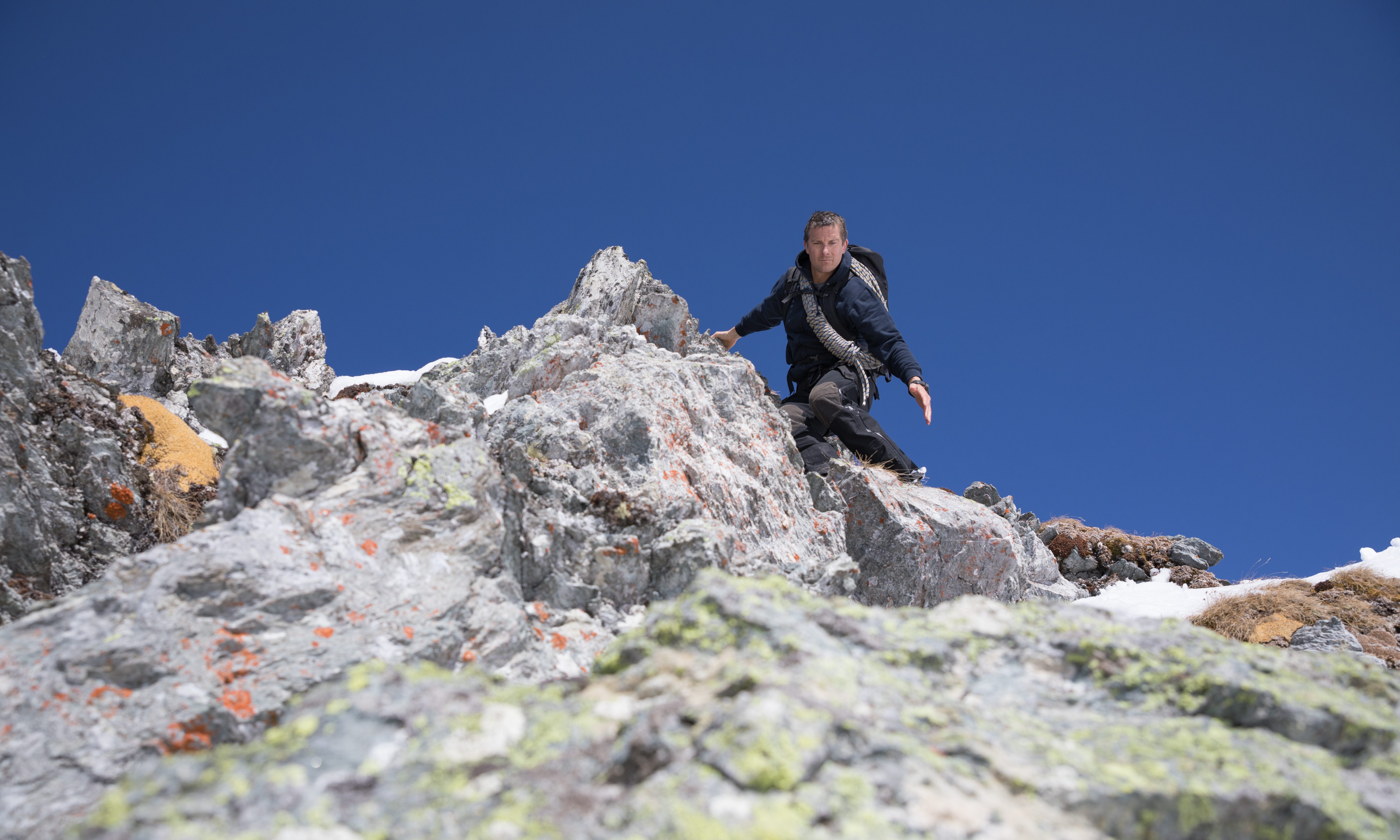

Besides his survival TV shows, Bear Grylls is also known for his personal feats like climbing Mount Everest. He has also tackled some very unusual challenges, like when he took a rigid inflatable boat (RIB) through the infamous Northwest Passage, a sea lane between the Atlantic and Pacific Oceans via the Arctic Ocean.
Videos by Outdoors with Bear Grylls
Bear said that he planned the 14-day Arctic expedition in 2010 as a “small, fun trip” and an escape from the world of TV. He got more than he planned for.
Unchartered Territory
Bear wrote in his autobiography Never Give Up that one of the things he found most exciting was that the trip would take him and his six-man team to territory that is genuinely uncharted.
“Today, all the world has been fully satellite-coded and covered, but back then Google Earth didn’t exist, and there was a certain magic to heading off into the unknown,” he said.
He was looking forward to being off grid with no maps and doing the first complete navigation through the entire ice passage in an RIB.
Icebreaker Gets Stuck
The first thing the team arranged was a support vessel that had some ice-breaking capabilities – just in case. However, early on in the expedition, the mother vessel encountered thick ice and was unable to progress. This was a setback – they would need to wait for the weather to change or for the ice in the passage to ease.
The icebreaker’s captain wanted to wait to see if the weather would break up the ice further over the next few days, but Bear suggested that they take the RIB and try to find another more ice-free route 200 miles further south. This would mean not taking the traditional route through the Northwest passage, which was the one discovered by Roald Amundsen and the one U.S., Canadian, and Russian ice-breaker ships were using.
“You’ll be in uncharted water there,” said the captain. “You’ll have no idea of depths or hidden rocks or any number of dangers.”
“Once you deviated off this main charted route, though, the Garmin plotter came up with the wording NO DATA AVAILABLE. I knew instantly we would be going that way,” wrote Bear in Never Give Up.
Hidden Rocks and Shingle Banks
Bear said that he and the team had an incredible time navigating at high speed in the open
RIB through all of the islands that dot this part of the sea, all of which, he said, “were of low elevation and covered in shingle, snow and ice”.
He said it felt amazing – although they had some close shaves with rocks and unseen shingle banks and ice floes.
Cold and Hostile
One of the most memorable moments for Bear was when they camped in a tiny inlet in the Beaufort Sea called Pearce Point—a wild and remote part of the planet.
“I have been to many places around the world, but the Beaufort Sea to me has always
felt closest to the true ends of the Earth, wrote Bear. “There was something truly remote, cold, hostile, and frightening about it.”
Bear says that they encountered huge waves in the area that were unpredictable, plus dark brown water. He said it was “as if the wild seas had frothed the shingle into a dirty mush for hundreds of miles in every direction.”
He realized that if they got in trouble here, no one was going to come to get them. “It has that ominous sense of foreboding,” he wrote.
Surprising Encounter and Finds
Bear says that by the time they swung into the shelter of Pearce Point, they were
“done” – the battering of the sea and the long hours had taken their toll, but there was a surprise in store in the form of a polar bear, which was both awe-inspiring and scary. They had to keep watch.
“Undoubtedly a predator not to be underestimated. I already knew not to mess with polar bears,” said Bear.
Along the way, the team also came across an empty military base station, as well as human bones, tools, and remains of large fires on a small island. It was in this remote area that explorer Franklin and his ships the Erebus and the Terror had been lost in 1848, proving that for most, a trip through the Northwest Passage is more than just a “small, fun trip.”




